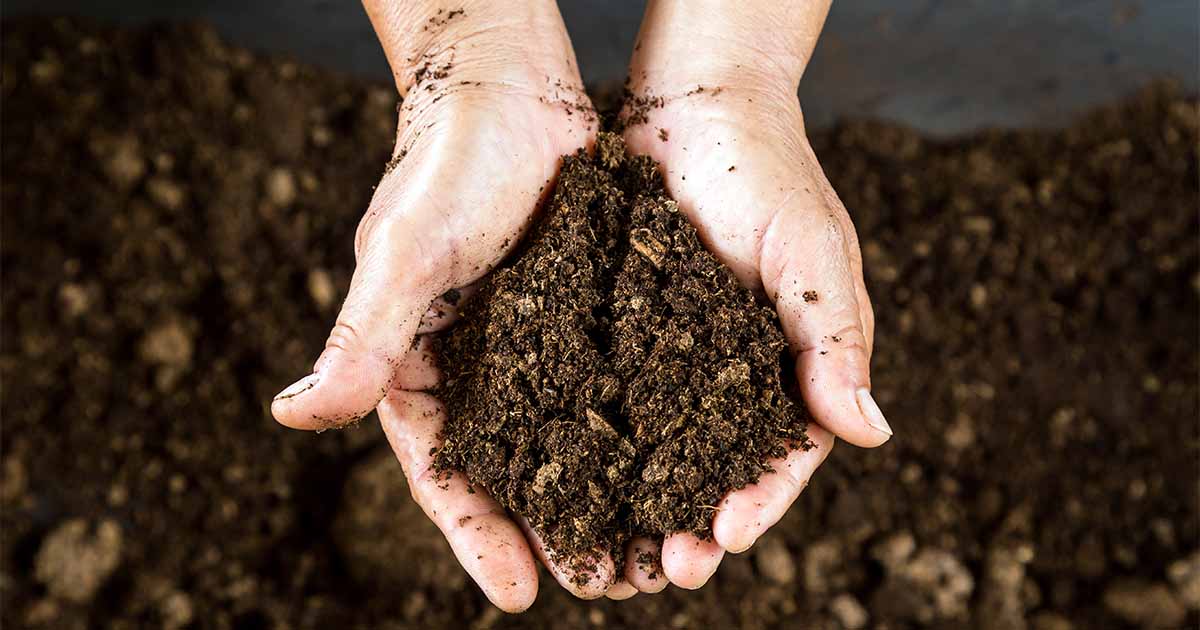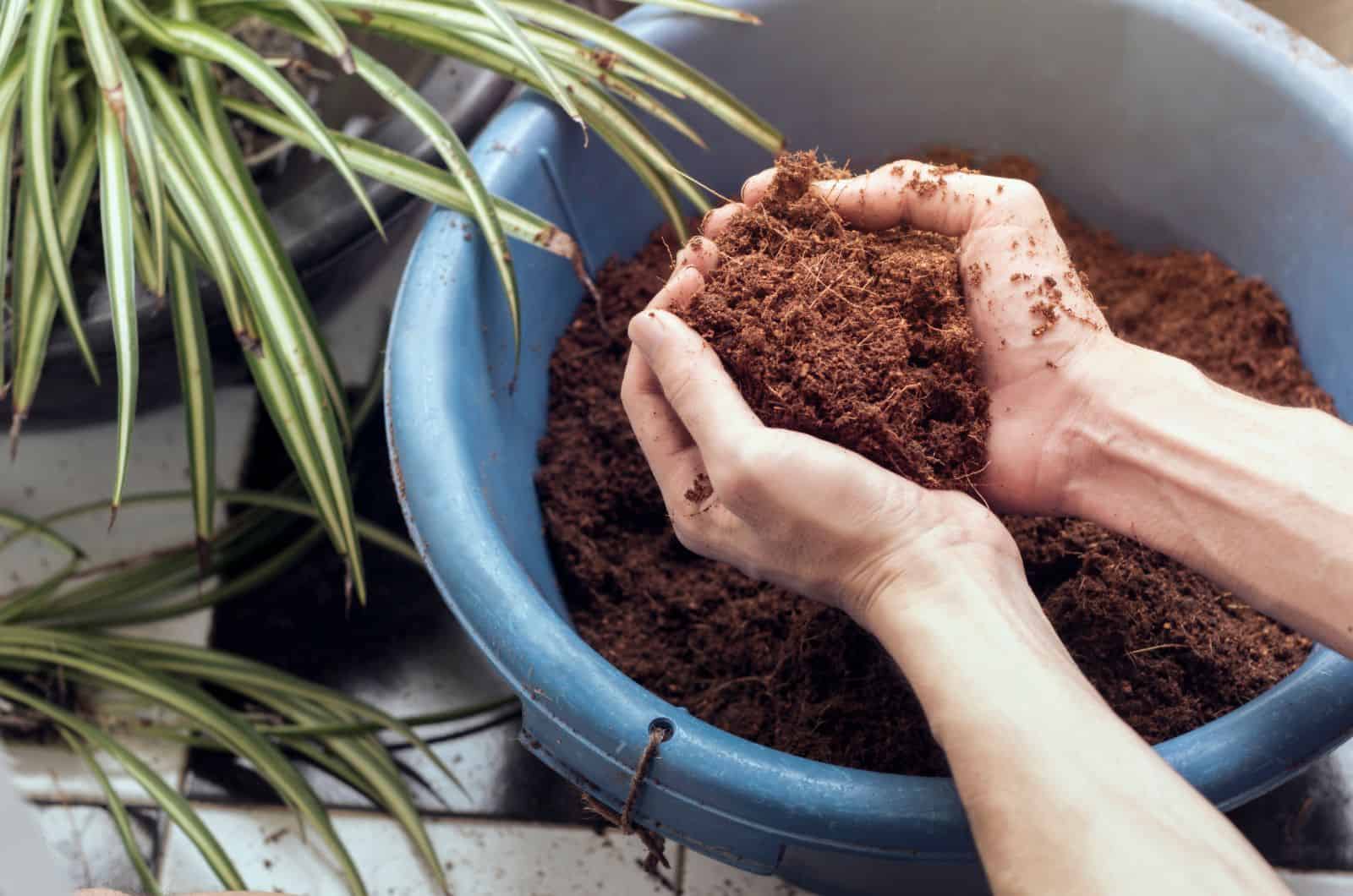The Ultimate Guide To Peat Mulch
The Ultimate Guide to Peat Mulch
Peat moss is a type of organic matter that is formed from the decomposition of sphagnum moss. It is a dark brown, spongy material that is found in bogs and wetlands. Peat moss is often used as a soil amendment, potting mix ingredient, and mulch.
In this blog post, we will discuss the benefits of using peat moss, how to use it, and some of the environmental concerns associated with its production.
Benefits of Peat Moss
Peat moss has a number of benefits that make it a popular choice for gardeners. These benefits include:
- Moisture retention: Peat moss is very good at retaining moisture, which can help to keep plants hydrated during dry periods.
- Aeration: Peat moss also helps to improve the aeration of soil, which can help to prevent root rot and other problems.
- Drainage: Peat moss helps to improve drainage in soil, which can help to prevent waterlogging.
- pH balance: Peat moss is acidic, which can help to lower the pH of alkaline soils. This can be beneficial for plants that prefer acidic soil, such as blueberries and rhododendrons.
- Organic matter: Peat moss is a good source of organic matter, which can help to improve the fertility of soil.
- Weed suppression: Peat moss can help to suppress weeds by creating a barrier between the soil and sunlight.
How to Use Peat Moss
Peat moss can be used in a variety of ways in the garden. Here are a few examples:
- Soil amendment: Peat moss can be added to soil to improve its drainage, aeration, and moisture retention. The amount of peat moss to add will vary depending on the type of soil you have.
- Potting mix ingredient: Peat moss is a common ingredient in potting mixes. It helps to improve the drainage and aeration of potting mixes, making them ideal for container-grown plants.
- Mulch: Peat moss can be used as a mulch around plants. It helps to suppress weeds, retain moisture, and protect plant roots from the cold.
Environmental Concerns
Peat moss is a renewable resource, but it is important to use it sustainably. Some of the environmental concerns associated with peat moss production include:
- Peat bogs are important ecosystems: Peat bogs are home to a variety of plants and animals. When peat moss is harvested, it can damage these ecosystems.
- Peat moss production can release greenhouse gases: The decomposition of peat moss releases methane, a greenhouse gas that is more potent than carbon dioxide.
- Peat moss production can contribute to water pollution: The runoff from peat bogs can contain pollutants that can harm aquatic ecosystems.
Conclusion
Peat moss is a useful material that can have a number of benefits for plants. However, it is important to use it sustainably and to be aware of the environmental concerns associated with its production.
If you are concerned about the environmental impact of peat moss, there are a number of alternatives that you can use. These include:
- Compost: Compost is a great alternative to peat moss. It is a renewable resource that is free and easy to make.
- Wood chips: Wood chips are another good alternative to peat moss. They are a good source of organic matter and they help to suppress weeds.
- Bark mulch: Bark mulch is a decorative and effective mulch that can help to retain moisture and suppress weeds.
FAQ of peat mulch
- What is peat moss?
Peat moss is a type of organic matter that is made from partially decomposed sphagnum moss. It is often used in gardening and landscaping to improve soil drainage, retain moisture, and suppress weeds.
- What are the pros and cons of using peat moss?
Pros:
- Peat moss is lightweight and easy to handle.
- It holds moisture well, which can help to keep plants hydrated during dry weather.
- It helps to improve soil drainage, which can help to prevent root rot and other plant diseases.
- It is sterile and free of weed seeds.
Cons:
- Peat moss is not a renewable resource.
- It can be acidic, which can be harmful to some plants.
- It can release greenhouse gases when it is harvested and used.
- Can I use peat moss as mulch?
No, peat moss is not a good mulch material. It is too lightweight and will easily blow away. It also does not add any nutrients to the soil as it breaks down.
- What is a good alternative to peat moss?
There are a number of good alternatives to peat moss, including:
- Compost
- Wood chips
- Bark mulch
- Straw
- Pine needles
These materials are all renewable and will not release greenhouse gases when they are used. They also add nutrients to the soil as they break down.
- Where can I find peat moss?
Peat moss is available at most garden centers and home improvement stores. It is usually sold in bags or bales.
Image of peat mulch
5 different images of peat mulch from Pinterest:
- Peat moss mulch around a tree. This image shows a layer of peat moss mulch being spread around the base of a tree. The mulch helps to retain moisture in the soil and suppress weeds.
- Peat mulch in a vegetable garden. This image shows a bed of peat mulch in a vegetable garden. The mulch helps to keep the soil moist and cool, and it also helps to suppress weeds.

- Peat mulch in a flower bed. This image shows a bed of peat mulch in a flower bed. The mulch helps to keep the soil moist and weed-free, and it also helps to improve the appearance of the flower bed.

- Peat mulch in a pot plant. This image shows a pot plant with a layer of peat moss mulch around the base of the plant. The mulch helps to retain moisture in the soil and prevent the roots of the plant from drying out.

- Peat mulch in a raised bed. This image shows a raised bed with a layer of peat moss mulch on top. The mulch helps to keep the soil in the raised bed moist and weed-free, and it also helps to improve the drainage of the soil.

Post a Comment for "The Ultimate Guide To Peat Mulch"